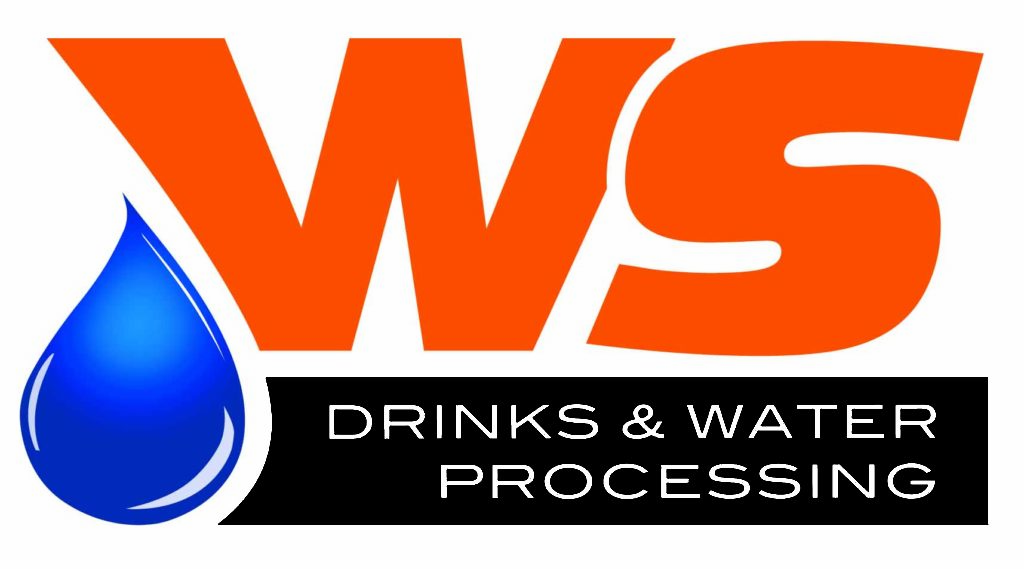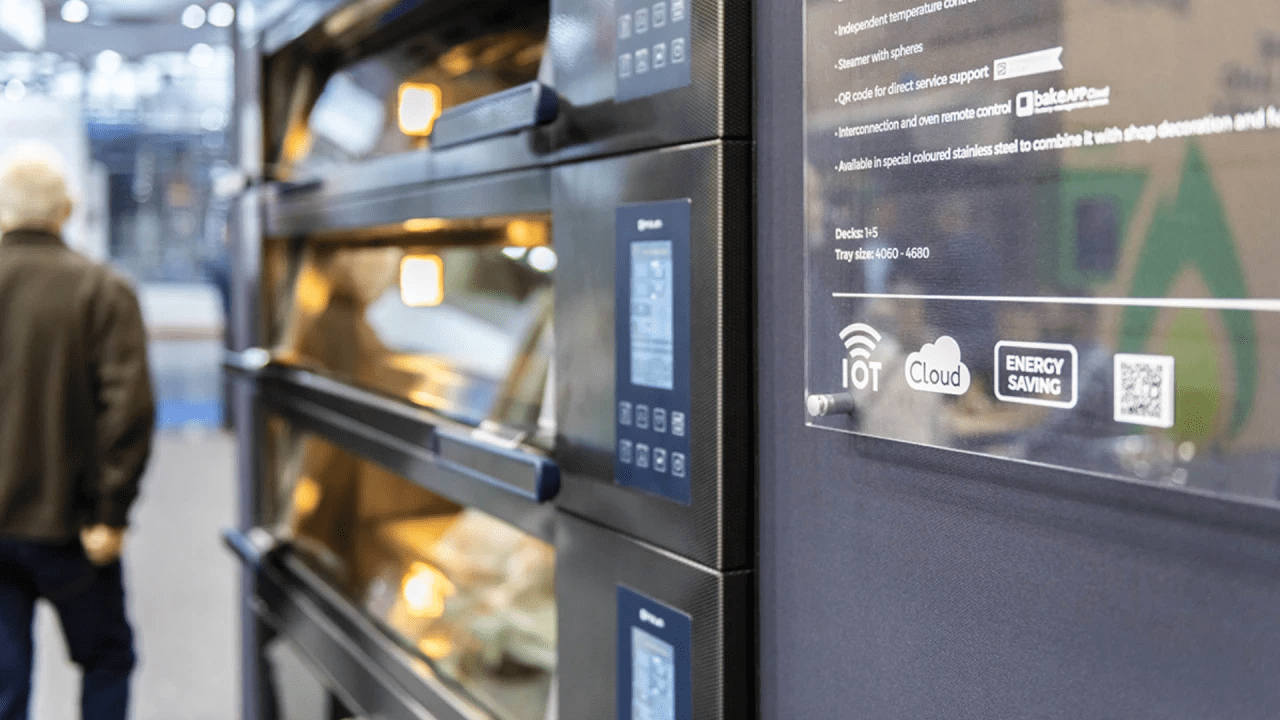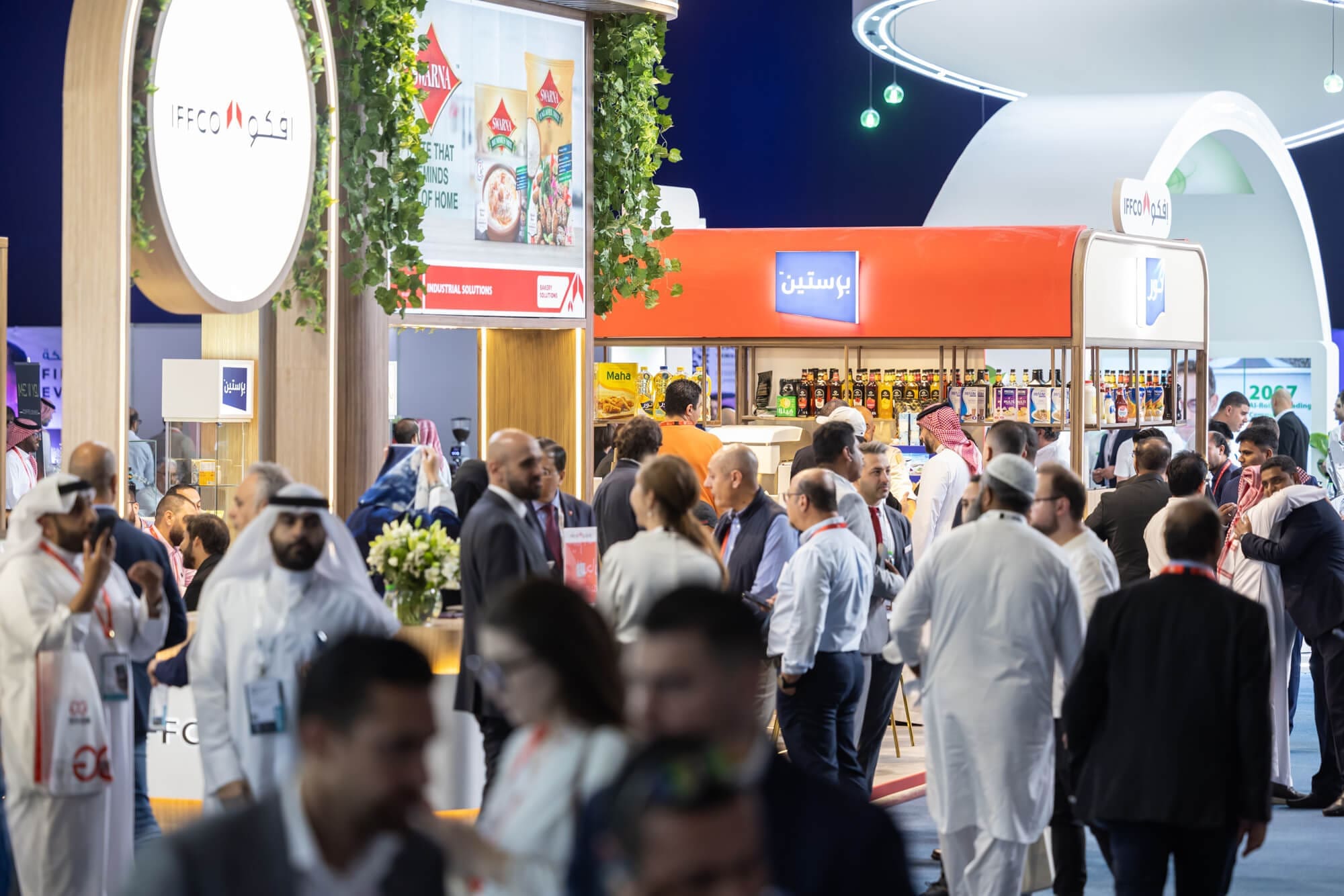The growing market’s confidence gained by process plants manufactured by WS, allowed a continuous development of blending technology for carbonated soft drinks (CSD) production to such an extent that we reached a very high level of specialization in manufacturing mass controlled blending systems, named BLENDSYSTEM M.
The BLENDSYSTEM M is an equipment for preparing beverages, completely preassembled on a skid for an easy and quick shipment and installation, conceived mostly for the production of carbonated soft drinks (CSD), but also carbonated mineral water (CMW) and still water (charged with nitrogen in order to increase the mechanical resistance of the bottle).

The required quantity of ingredients (water, syrup, and CO2) is carefully measured and dosed in an electronically controlled continuous process. The whole system, realized to guarantee the highest qualitative standards and a qualitatively constant production, also running in conditions of considerable format change, is completely preassembled on stainless steel circular-section skid for an easy and efficacious cleaning. It usually includes the following subsystems:
• Inlet water deaeration: a vacuum pump removes incondensable gases; the pump is conceived to maintain the dissolved oxygen level below 1 ppm values;
• carbon dioxide dosing (or nitrogen in case of still mineral water production): a modulating valve and a mass flow rate transmitter inject carbon dioxide in quantity that is proportional to water quantity loaded to the deaeration tank; the water flow rate is usually measured by a magnetic flow rate transmitter, which may be replaced with a mass flow rate transmitter in case water presents a very low electrical conductivity level.
A special gas injecting and mixing system – specifically developed by WS performs a careful mixing with the water to be treated and, hence, best results in terms of product perlage; the carbon dioxide contents is maintained constant in the product receiving tank by a supervising software, which checks possible fluctuations in feeding water temperature and product buffer temperature; the effective dissolved carbon dioxide contents in the product is checked using a carbometric unit, installed in by-pass on the filling machine feeding line;
• syrup dosing and mixing: at first syrup is stored in a small buffer tank, whose atmosphere is modified and enriched with carbon dioxide, in order to avoid oxidation occurrence. Syrup injection is made by a sanitary design modulating valve and a mass flow rate transmitter in a quantity which is proportional to the water amount fed from the deaeration tank; furthermore using the mass flow rate transmitter, it is possible to check constantly the effective density of the inlet syrup and therefore to compensate immediately for the dosing and to stabilize the sugary concentration in the end product within established bounds (usually ±0,05 °Bx).
A specific refractometer installed in by-pass on the filling machine feeding line, allows the constant check of the product and, if necessary, its adjustment; similarly the instruments minimize waste of both syrup and product during transitory phases of production, such as start and stop.
Furthermore, customized solutions for product cooling are available, depending on the environmental conditions of the system installation. The supervising software loaded on the mass premix unit – BLENDSYSTEM M – is conceived to guarantee the best results in terms of dosing, offering at the same time an easy control by a friendly user interface; this software enables on one hand to set the main production parameters and visualize their state graphically and on the other hand to set the statistics parameters (ca, cp e cpk) connected to that kind of production.
Using a more advanced version of this software, associated with specific instruments, it is also possible to control automatically saccharose inversion, so that the need of intervention by laboratory technicians is reduced.
The equipment is equipped with field buses (MPI, PROFIBUS or ETHERNET) for a complete integration in the bottling line and the control of production, cleaning and sanitizing processes.





